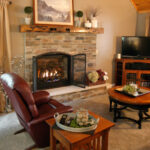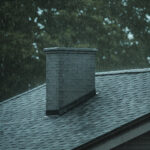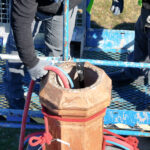Carbon Monoxide and Your Chimney
When kept clean and structurally sound, your chimney will efficiently vent combustion gases, including carbon monoxide exhaust from your home. The venting of these gases and other harmful contaminants is what allows you to safely use your solid and fossil fuel heating appliances, like your furnace, water heater, and fireplace.
However, when your chimney is clogged or has a flue liner that is cracking, it can push these contaminants, including toxic carbon monoxide (CO) gas, into your living space. And unless you have a working CO detector, you don’t even realize you’re breathing in this deadly gas.
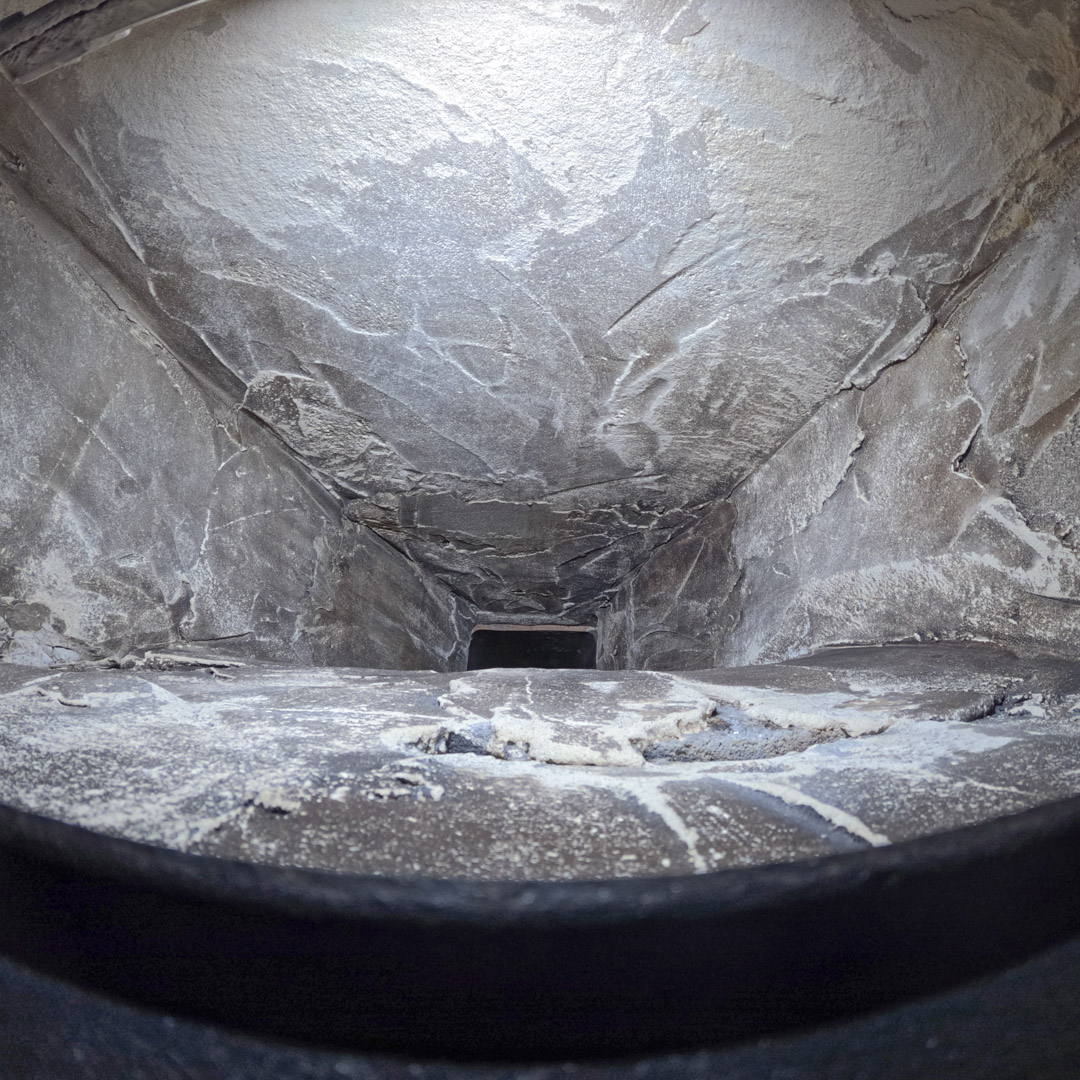
The Dangers of Carbon Monoxide
Every homeowner who uses non-electric heating appliances must be aware of the dangers of carbon monoxide. Carbon monoxide is known as the “silent killer” because it is a colorless, odorless, and tasteless gas. According to the Centers for Disease Control and Prevention (CDC), more than 400 Americans die each year from unintentional, non-fire-related CO poisoning. An additional 100,000 individuals visit the emergency room annually, with over 14,000 hospitalized.
Signs of Carbon Monoxide Poisoning
Symptoms of CO poisoning can be subtle and are often mistaken for the flu or other common illnesses. They include:
- Headache
- Dizziness
- Nausea
- Vomiting
- Weakness
- Chest pain
- Confusion
Prolonged exposure to high levels can lead to loss of consciousness, seizures, and death. Because CO poisoning can cause a person to lose consciousness without any warning, it can be hazardous for those who go to bed while their gas heating system is in use with a chimney that hasn’t been recently inspected or cleaned.
How to Prevent Carbon Monoxide Poisoning From Your Chimney
Fortunately, there are several ways to keep your family safe and prevent CO poisoning from your chimney:
- Install CO Detectors: The most vital step is to install a working CO detector on every level of your home, especially near bedroom areas. Test them every six months to ensure they are functioning correctly.
- Annual Chimney Inspections: Have your chimney professionally inspected and cleaned at least once a year. A certified chimney sweep can identify and address issues like clogs, cracks, and other structural problems before they become dangerous.
- Proper Ventilation: Ensure all fuel-burning appliances are correctly vented and that you have adequate ventilation in your home. Use and maintain heating appliances per the manufacturer’s specifications.
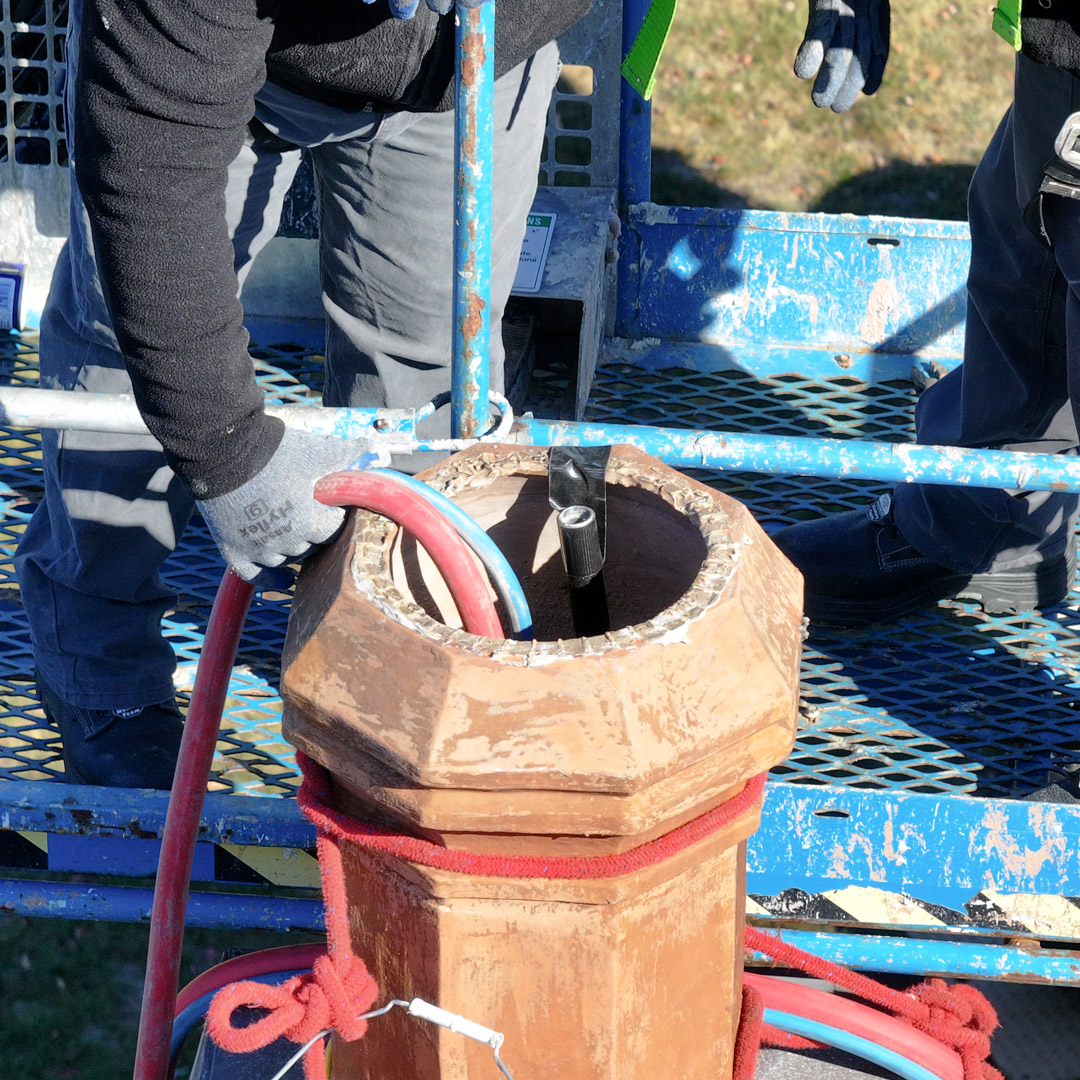
Seal Chimney Flue Cracks With ThermoCrete
To provide an extra layer of protection, ask your chimney sweep to apply Thermocrete to your appliance’s flue. Certified professionals apply this durable, heat-resistant ceramic coating to seal cracks and gaps in the flue liner, effectively preventing carbon monoxide and other contaminants from seeping into your home.
Thermocrete® Your Chimney Flue to Prevent Carbon Monoxide Leaks
Thermocrete can help prevent carbon monoxide exposure from your chimney! Hearth dealers and professional sweeps can now reline chimneys using a durable and heat-resistant ceramic coating that seals all cracks and gaps in the flue liner. Thermocrete® is available exclusively for professional use. Contact us today to become an authorized installer or to find a certified installer in your area.

